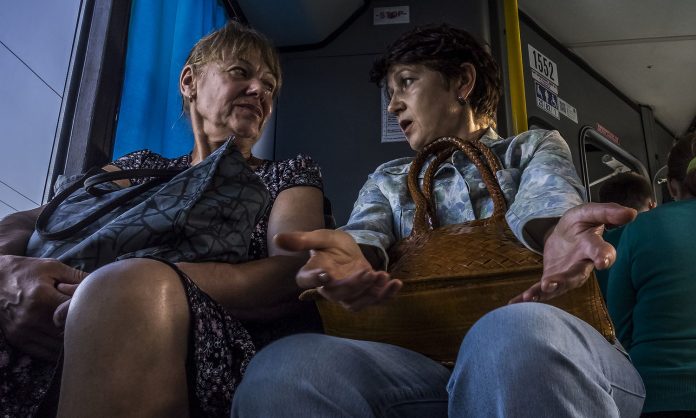
In a post on the Killzone blog, Karen Lin examines subtext and how to use it well. “If dialogue is about what the dialogue is about, you’re in trouble,” Lin says. “People don’t always say what they mean outright. In fact sometimes the words are in direct opposition to body language. Body language includes gestures, facial expressions, posture, mannerisms, and actions that communicate without words.”
Characters may also use humor, understatement, sarcasm, Freudian slips, unexpected words, and irony to communicate what they feel but won’t say. The way a person speaks – their accent, vocabulary, slang, and tone – can also tell us a lot about their character.
Great dialogue isn’t easy, but try to avoid having your characters state directly what they want, think, believe, or feel. “The challenge is to NOT write “on-the-nose” dialogue, while still revealing important information to the audience,” Lin writers. “Resist spelling everything out in an expository way. First understand the intention of the scene, then write the dialogue with rich subtext to fulfill that need.”
Dialogue should reflect but not replicate real speech. Lin suggests studying successful plays for examples. Actions and silences also can communicate much more than the best words. “As suggested by our parents and kindergarten teachers, often actions speak louder than words,” Lin says. “Experiment with this. Don’t state your point.”











